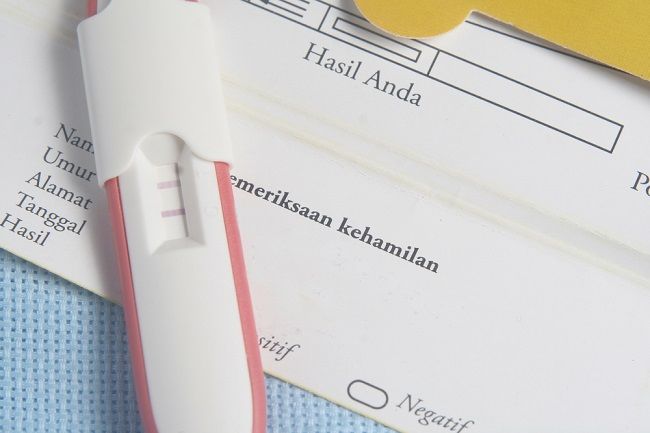Have you ever looked in the mirror and seen red spots on your eyes? Or someone else has told you, but you don't feel anything in your eyes. You may have a subconjunctival hemorrhage. To understand the causes of conjunctival bleeding and how to treat it, consider the following explanation.
The conjunctiva is a thin and transparent layer that covers the white part of the eye (sclera) and eyelids. The outermost layer of the eyeball contains many nerves and small blood vessels. The blood vessels in the conjunctiva of the eye are very fragile and break easily. When it ruptures, this is called a subconjunctival hemorrhage.

Although it often does not cause symptoms other than a red spot in the eye, subconjunctival hemorrhage sometimes causes discomfort or lump in the eye. But usually, this condition is not accompanied by visual disturbances.
Causes of Subconjunctival Bleeding
The cause of subconjunctival hemorrhage is sometimes not clearly known. However, there are several conditions that can trigger a subconjunctival hemorrhage, including:
- Strong cough
- Loud sneeze
- pushing
- Throw up
- Rubbing the eyes roughly
- Using contact lenses
- Tumors in the eye
- Injury to the eye
- Allergic reactions to the eyes
- eye infection
In addition to triggering factors, there are several conditions that make a person more susceptible to subconjunctival bleeding, such as having diabetes, hypertension, blood clotting disorders, or taking blood-thinning medications, such as warfarin.
Treatment of Subconjunctival Bleeding
Red spots on the eyes due to subconjunctival hemorrhage can disappear on its own within 7-14 days, after the conjunctiva has absorbed all the blood that has seeped out. To speed up the recovery process, compress the bleeding eye using a warm compress.
However, conditions that can increase the risk of subconjunctival bleeding also need to be treated. Treatment will of course be tailored to the cause, for example:
- Patients with hypertension need to take antihypertensive drugs.
- Patients with infection need to take antibiotics.
- Patients with blood clotting disorders due to vitamin K deficiency need to take vitamin K supplements.
If subconjunctival bleeding occurs due to a tumor or accident, the doctor may perform surgery to treat it. However, this condition is rare.
It is highly recommended to consult an ophthalmologist if you experience subconjunctival bleeding, especially if it occurs repeatedly, occurs after an injury, or is accompanied by other symptoms, such as blurred vision and eye pain.
Written by:
dr. Dian Hadiany Rahim, SpM(Ophthalmologist)









